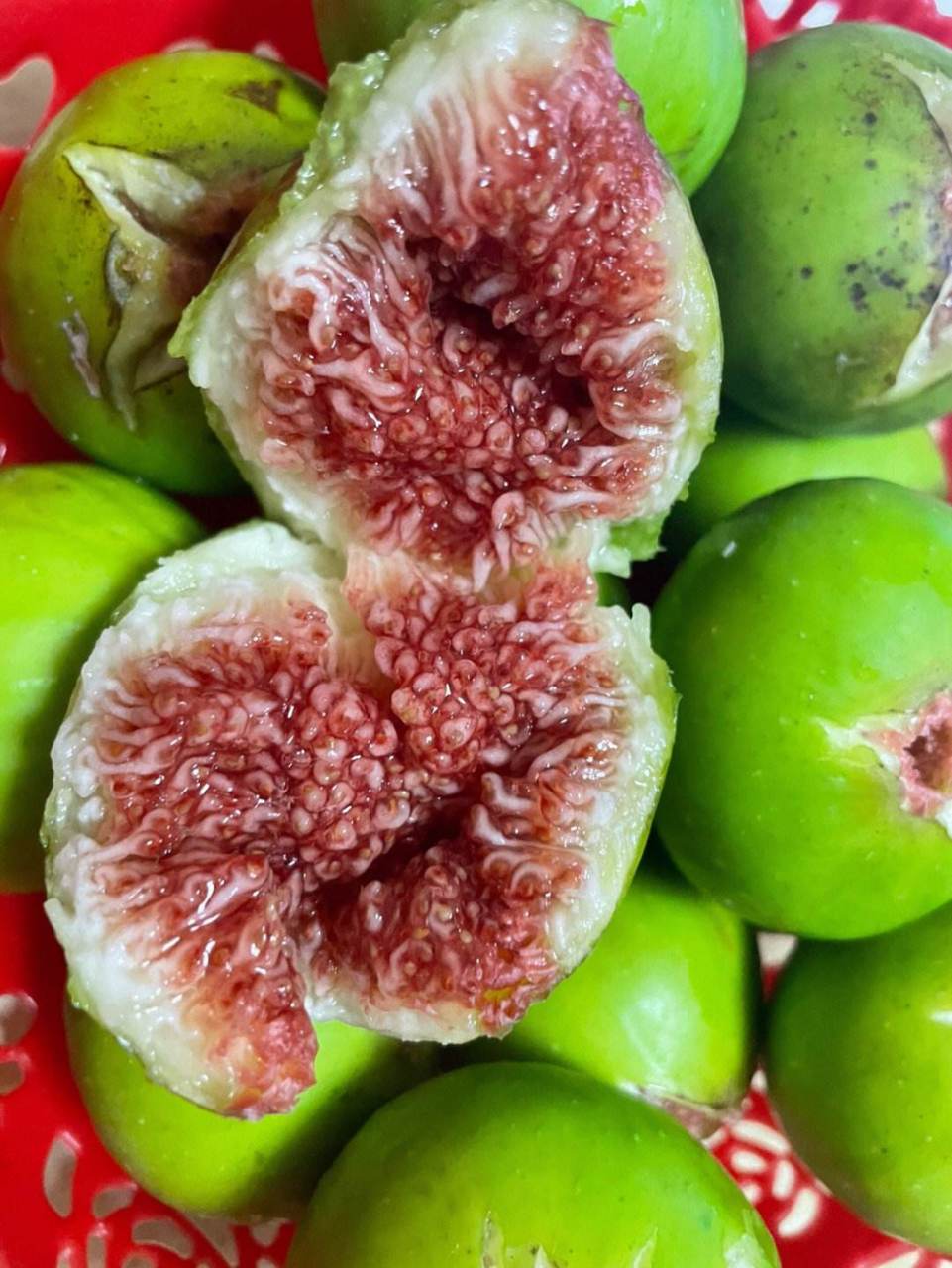If you have low blood pressure (hypotension), consider the following steps to manage and potentially raise your blood pressure:
1. Increase Salt Intake: Consuming more sodium can help raise blood pressure. However, it's important to do this under the guidance of a healthcare professional, as excessive salt intake can have negative health consequences.
2. Stay Hydrated: Drinking plenty of fluids, such as water and electrolyte-rich drinks, can help increase blood volume and raise blood pressure.
3. Caffeine: A moderate amount of caffeine can help constrict blood vessels and may temporarily raise blood pressure. However, excessive caffeine intake can have adverse effects, so it should be consumed in moderation.
4. Small, Frequent Meals: Eating smaller, more frequent meals can help stabilize blood pressure and prevent drops.
5. Avoid Alcohol: Alcohol can cause dehydration and may lower blood pressure, so it's advisable to limit alcohol consumption.
6. Compression Garments: Wearing compression stockings or sleeves can help improve blood flow and may help raise blood pressure.
7. Medications: In some cases, medications may be prescribed to help raise blood pressure. These can include fludrocortisone, midodrine, or pyridostigmine.
8. Lifestyle Adjustments: Maintaining a healthy weight, exercising regularly, and avoiding sudden position changes (to prevent orthostatic hypotension) can all help manage low blood pressure.
It's important to consult with a healthcare professional to determine the underlying cause of your low blood pressure and to develop a personalized treatment plan. Low blood pressure can be a sign of an underlying health issue, so it's crucial to get a proper evaluation.









